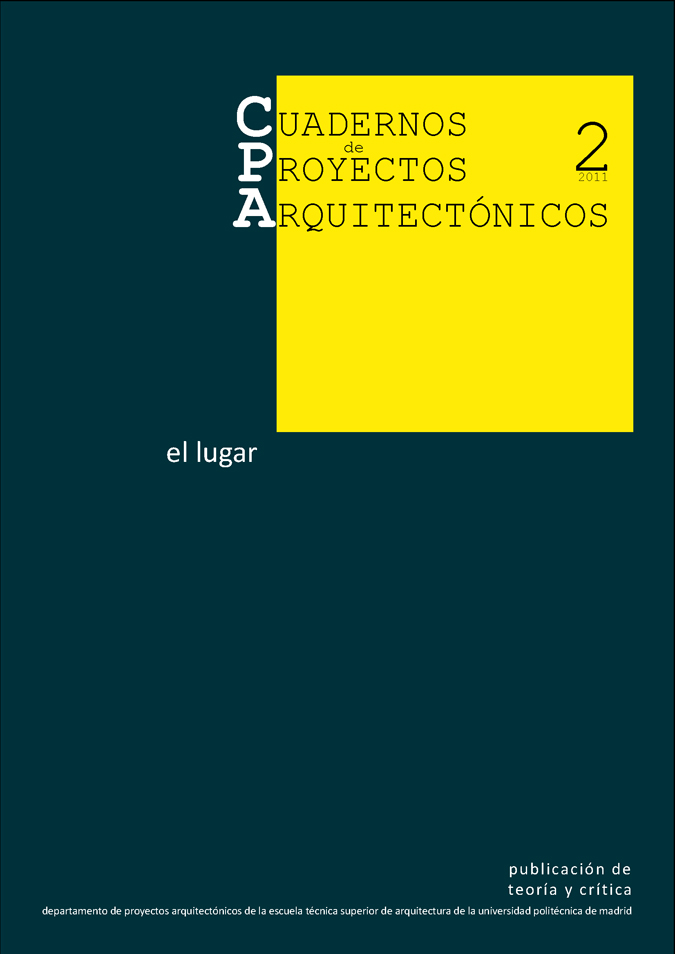Cuatro muestras de simpatía
Resumen
Once again, the plan becomes the place where you define and achieve specific care for the man. The school, the home, the court of justice, the toilet...Architecture does not respond to uses: it is disdainful of them, goes beyond, tames them, forces to embrace them, asks for new uses, forces them to go through paths of unknown authenticity, and warns them of the humanity that they have.
I thought all the provocations or inaccuracies in the plan of the court of Lister were, again, a consequence of trying to solve a meeting full of ambivalence: a set of weak and small men, crosses a wall covered in toilets and holds their deeds accountable in front of a stage of other men that would immediately rise quick over them. The adjustments and misalignments employed in this work as in the School in Dorf by Heinrich Tessenow and in the Secondary School in Karlshamn by Eric Gunnar Asplund and led to the same direction as that pointed out: The remembrance of the house.
And that primal good, the house, would be expressed in Lister Court by means of an oblique sun ray which moves unobstructed around the room, on a pendulum clock, on a pavement placed stone by stone, or on the impertinence and smallness of a set of ridiculous toilets. The house would constantly appear, as a filtration, in the history of men; those that with weak ambitions so often distance themselves from its center. It does not matter: The idea or the fragment of a house would come back in each work. The architecture would introduce, with its capitulation to the house, its sympathy for man.
Descargas
Descargas
Publicado
Número
Sección
Licencia
1. Los autores conservan los derechos de autor y garantizan a la revista el derecho de una Licencia Creative Commons Atribución-NoComercial-SinDerivar 4.0 Internacional que permite a otros compartir el trabajo con un reconocimiento de la autoría.
2. Los autores pueden establecer por separado acuerdos adicionales para la distribución no exclusiva de la versión de la obra publicada en la revista (por ejemplo, situarlo en un repositorio institucional o publicarlo en un libro).












